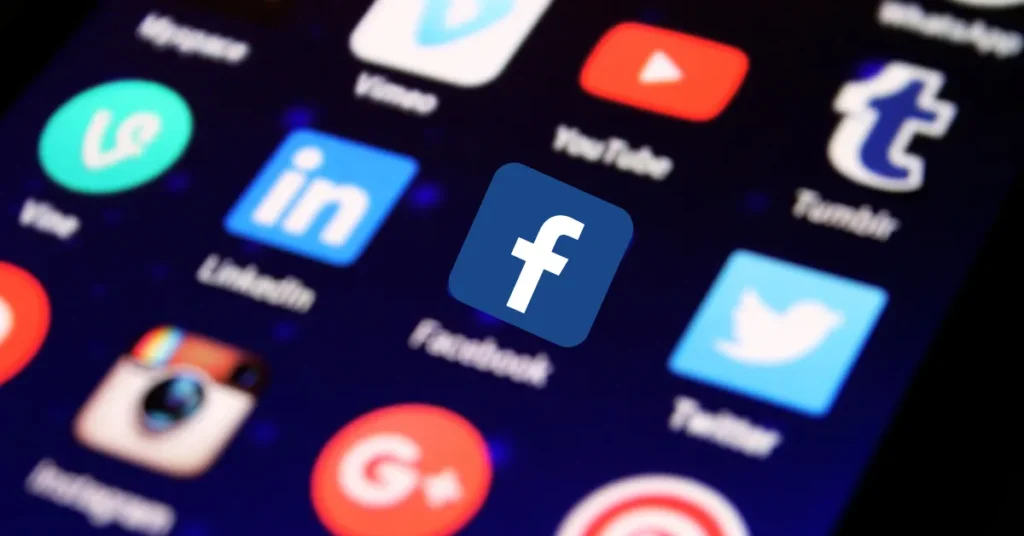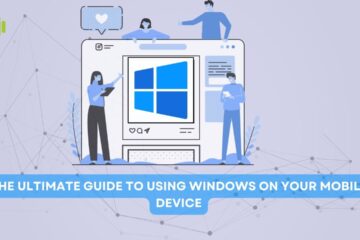Table of Contents
App Gamification: Adding Fun and Engagement to Applications

Introduction: In today’s competitive app market, developers are constantly seeking innovative ways to captivate and retain users. One effective strategy is to incorporate gamification elements into applications, which can enhance user engagement and make the app experience more enjoyable. In this blog post, we will explore the concept of app gamification, its benefits, and how it can be implemented to add fun and engagement to applications.
What is App Gamification?
App gamification is the practise of incorporating game-like aspects, mechanics, and ideas into non-gaming applications in order to increase user engagement and motivation.It leverages the inherent human desire for competition, achievement, rewards, and social interaction to make the app experience more interactive, enjoyable, and addictive.
Why is Gamification Important for Applications?
Gamification has numerous benefits for applications, including:
Increased User Engagement
Gamified elements make the app experience more interactive, encouraging users to spend more time within the application.
Enhanced User Motivation
Gamification taps into users’ intrinsic motivation by providing challenges, goals, and rewards, thereby increasing their motivation to use and interact with the app.
Improved User Retention
By making the app experience fun and rewarding, gamification helps retain users, reducing churn rates.
Encourages Desired User Behaviors
Gamification can be used to incentivize and encourage users to perform specific actions within the app, such as completing tasks, sharing content, or inviting friends.
Data Collection and Insights
Gamified elements can be used to collect user data and gain insights into user preferences, behavior patterns, and engagement levels.
Gamification Techniques for App Engagement
Here are some popular gamification techniques that can be implemented to enhance app engagement:
Points, Badges, and Leaderboards
Implement a system where users can earn points, badges, and compete on leaderboards based on their app activities, achievements, or progress.
Progress Tracking
Display user progress visually, such as progress bars or level indicators, to provide a sense of achievement and motivate users to reach the next milestone.
Challenges and Quests
Create challenges or quests within the app that users can complete for rewards, unlocking additional features, or gaining higher rankings.
Social Interactions
Integrate social features, such as user profiles, friends lists, and the ability to compete or collaborate with friends, to foster social interactions and friendly competition.
Rewards and Incentives
Offer virtual or tangible rewards, discounts, exclusive content, or in-app currency as incentives for user engagement and achievements.
Personalization and Customization
Allow users to personalize their app experience by customizing avatars, themes, or other visual elements to enhance their sense of ownership and engagement.
How to Implement Gamification Successfully
To implement gamification effectively, consider the following tips:
Understand Your Target Audience
Analyze your target audience’s preferences, motivations, and behaviors to design gamification elements that align with their interests and desires.
Set Clear Goals and Objectives
Define clear goals and objectives for your gamification strategy, such as increasing user engagement or driving specific behaviors, and align them with your app’s overall purpose.
Design Intuitive and Engaging Mechanics
Create gamified mechanics that are easy to understand, enjoyable, and provide a sense of progression and achievement.
Test and Iterate: Continuously monitor and analyze user feedback and app analytics to identify areas for improvement and refine your gamification strategy based on user preferences and engagement patterns.
Conclusion
App gamification presents a powerful opportunity to add fun, engagement, and motivation to non-gaming applications. By incorporating game-like elements, developers can create immersive experiences that captivate users, increase their engagement, and foster loyalty. Whether through points, badges, leaderboards, challenges, or rewards, gamification can transform an app into an interactive and rewarding platform. So, embrace gamification techniques and unlock the full potential of your application by making it a source of entertainment and enjoyment for your users.
Questions and Answers:
Q1: Can gamification be applied to any type of application?
A1: Yes, gamification can be applied to a wide range of applications, including productivity apps, e-learning platforms, fitness apps, financial tools, and social networking platforms. The key is to identify relevant game mechanics and elements that align with the app’s purpose and user engagement goals.
Q2: How can gamification contribute to user retention?
A2: Gamification increases user retention by providing enjoyable and rewarding experiences within the app. By incorporating elements like challenges, progress tracking, and rewards, users are motivated to continue using the app, reaching milestones, and achieving higher rankings.
Q3: Are there any risks or drawbacks associated with gamification?
A3: While gamification offers numerous benefits, it is important to strike a balance and avoid excessive or intrusive gamified elements that might overwhelm or distract users from the app’s core functionality. It is crucial to design gamification mechanics that complement the app’s purpose and enhance the user experience rather than overshadowing it.
Q4: Can gamification help collect user data and insights?
A4: Yes, gamified elements can be utilized to collect user data and gain insights into user behavior, preferences, and engagement levels. For example, tracking user progress, completion rates of challenges, or analyzing leaderboard rankings can provide valuable data for improving the app and personalizing user experiences.
Q5: How can developers measure the effectiveness of gamification in their app?
A5: Developers can measure the effectiveness of gamification through various metrics, including user engagement, session duration, completion rates of gamified tasks, social interactions, user feedback, and retention rates. Regularly analyzing these metrics will provide insights into the impact and success of the gamification elements in the app.



